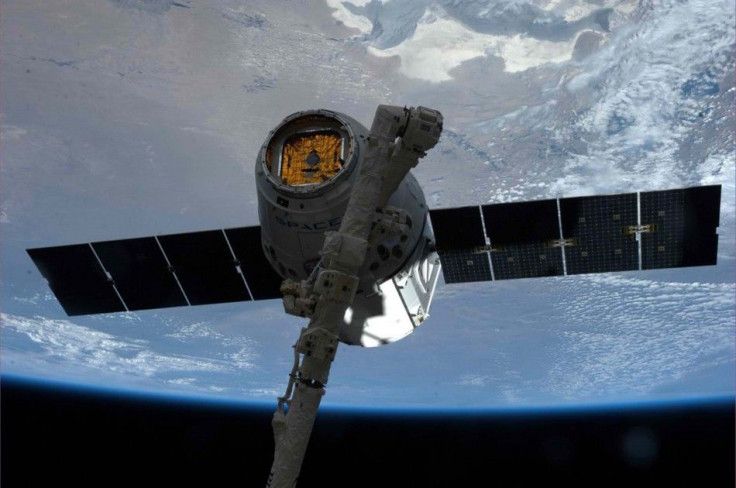Fungus attacks plants aboard International Space Station

A fungus attack recently destroyed four zinnia plants on the International Space Station (ISS). The discovery was made in the Veggie Production System experimental facility on the space station in late December 2015.
According to NASA, the fungus attack left the plants either dead or sickly, which was traced to excessive use of water in the experiment. Interestingly, three of the plants in the experiment remained unaffected by the mold, reports Discovery.
The mold was reported to Mission Control on Dec. 22, 2015 by ISS commander and NASA astronaut Scott Kelly. Veggie project manager Trent Smith said he spotted excess water and had been trying to send a command from the stations operations team for increase in fan speed in Veggie. However, the plants developed mold before that could be implemented.
To minimise future delays of this kind, NASA has now made Kelly the Veggie commander. Kelly has more freedom to make any decision as needed by the plants. Meanwhile, the moldy samples have been placed in a freezer on the station. They will be sent to Earth later in 2016 by the SpaceX 8 Dragon spacecraft.
Veggie is a deployable plant growth unit. It is capable of producing salad-type crops to provide the ISS crew with a palatable, nutritious and safe source of fresh food. The Veggie provides lighting and nutrient delivery but utilises the cabin environment for temperature control and as a source of carbon dioxide to promote growth.
In August 2015, NASA astronauts tasted the first lettuce grown successfully on the ISS under the Veggie programme. The space-grown lettuce was harvested by the crew members of Expedition 44, who used sanitising wipes to clean them. They first tried the lettuce raw and then with a dressing of extra virgin olive oil and Italian balsamic vinegar, the Guardian reports.






